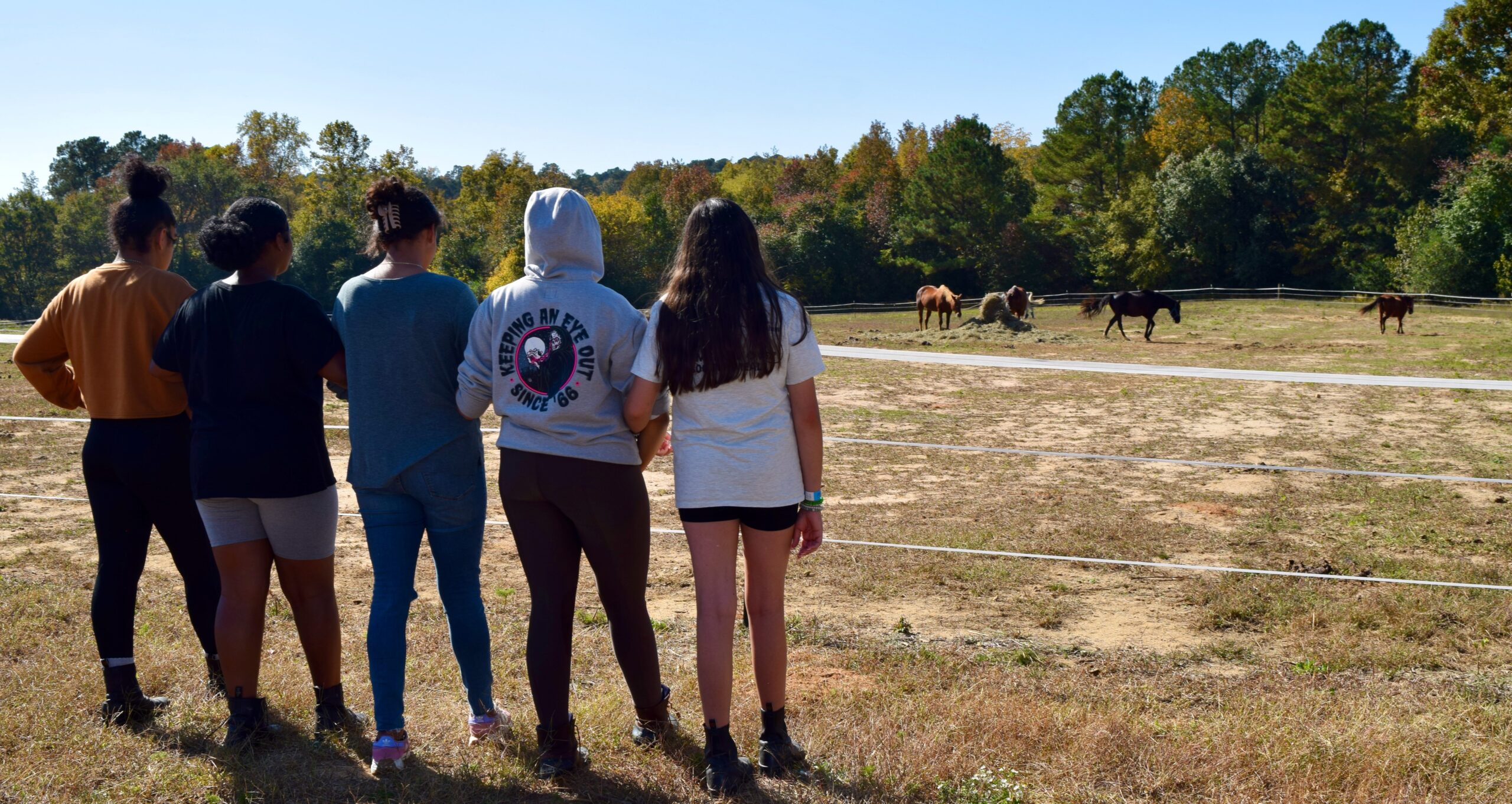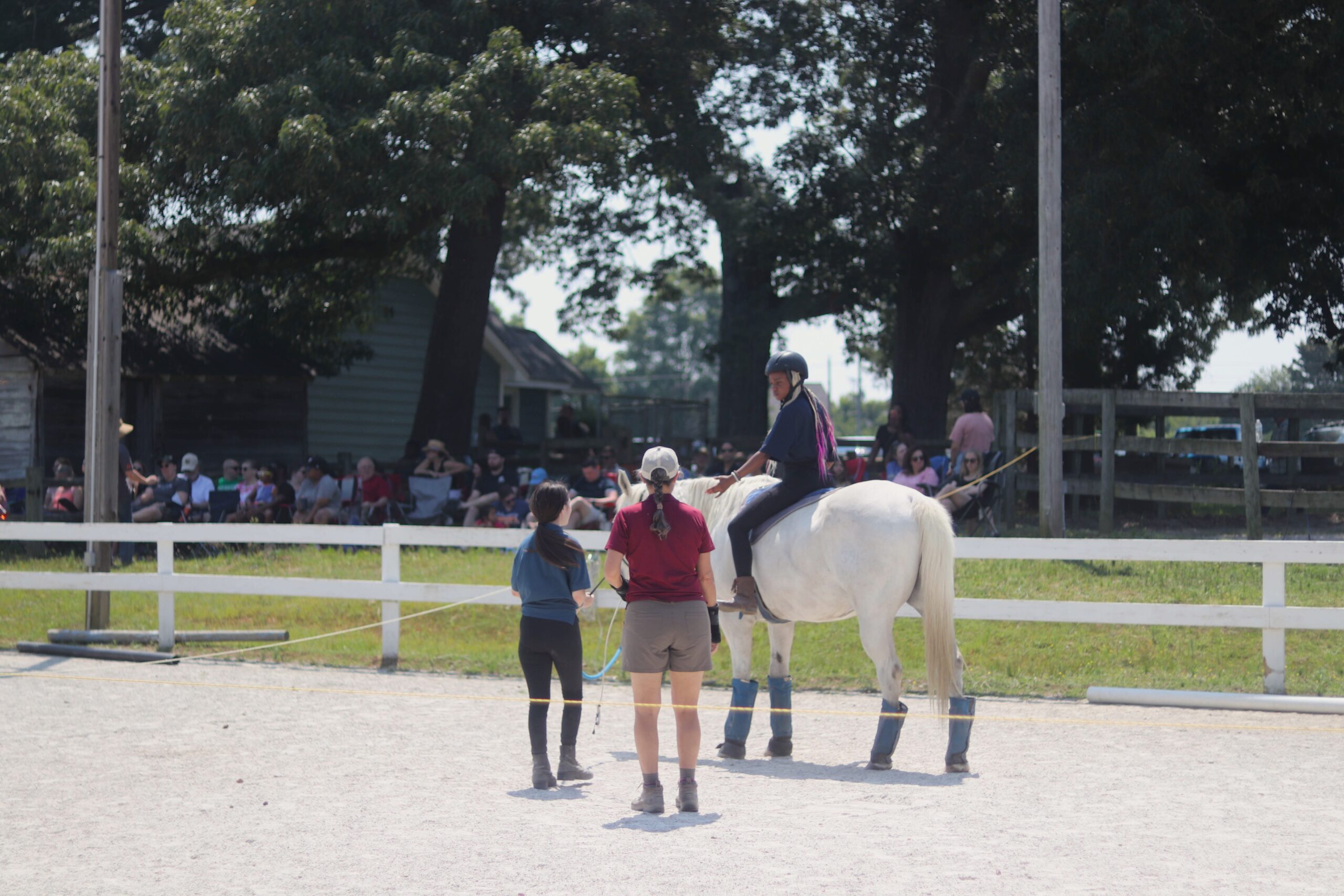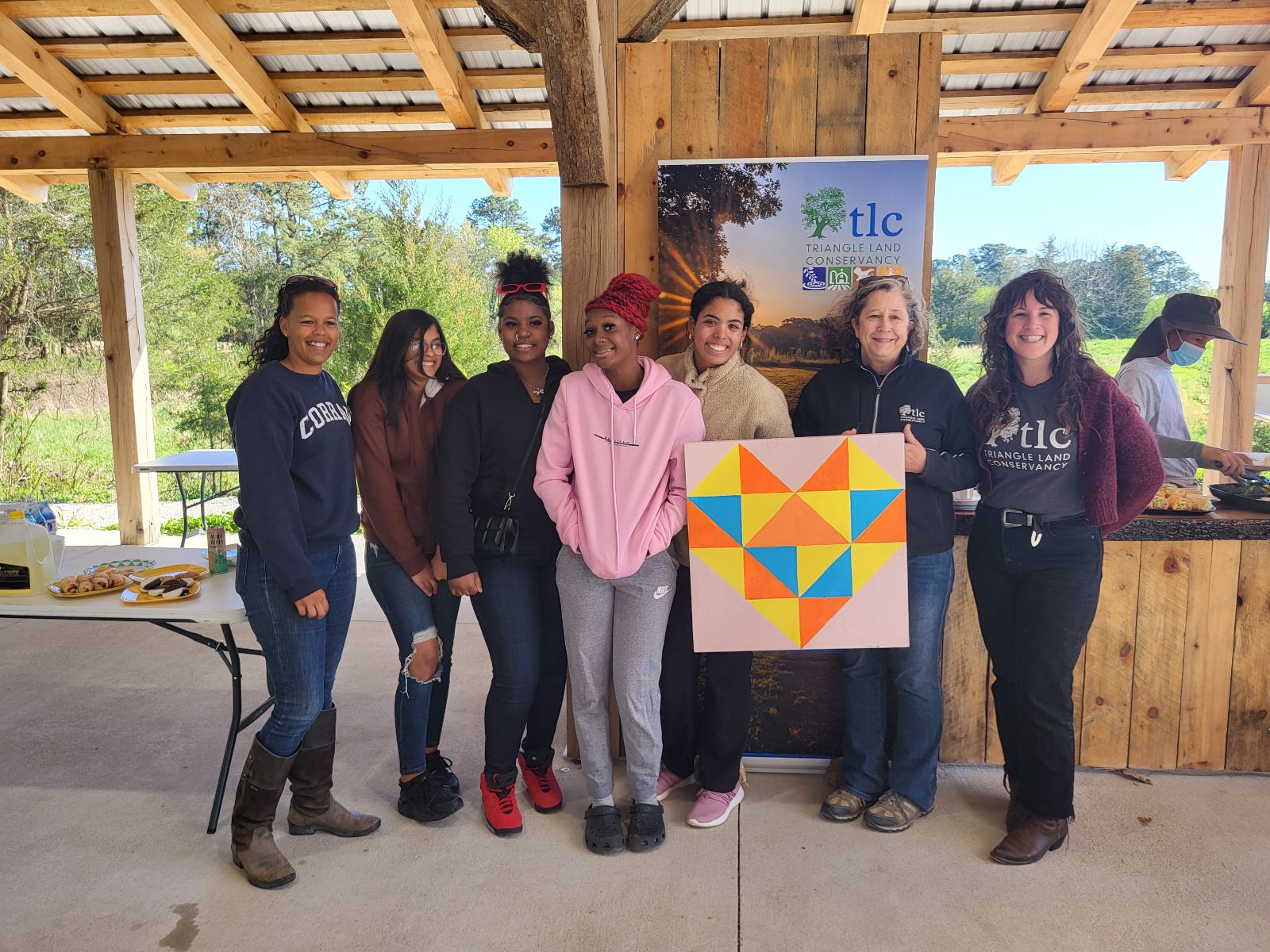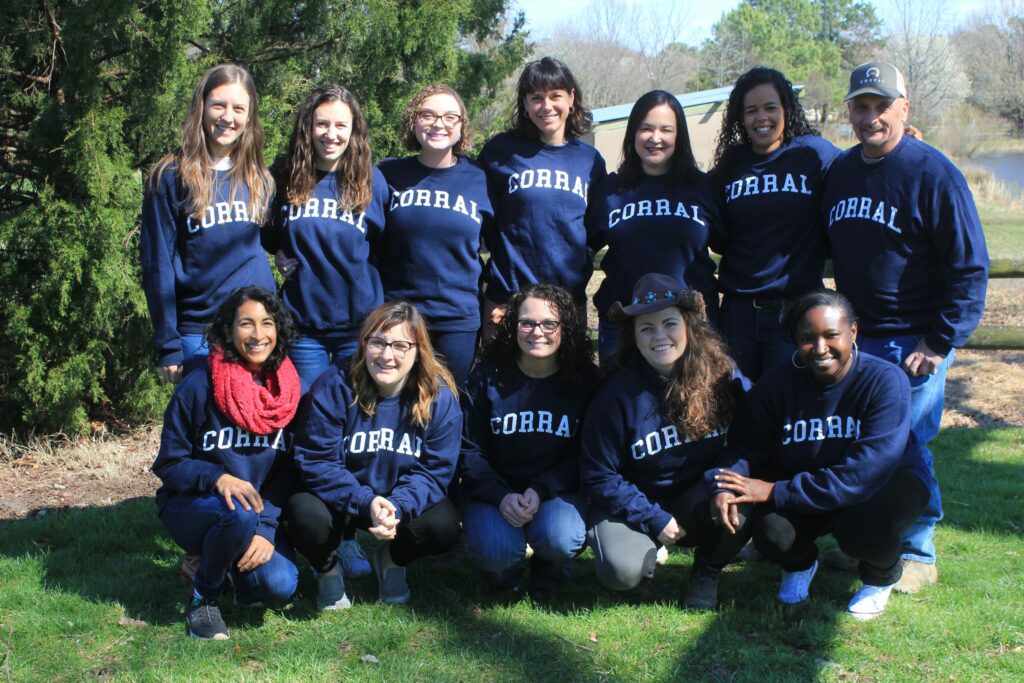In the last year, many of us have turned to our screens more than ever before for work, school, and social contact. As we spend a higher proportion of our lives online, it has become even more critical to discuss the fact that sexual violence occurs not only in person, but in virtual spaces, as well. It is also something we can help to prevent.
Sexual violence is a broad term that includes sexual assault, harassment, exploitation, and abuse. Online it can take many forms: sending unwanted sexual comments, threats, or images; distributing sexual images or videos of someone without their consent, including revenge porn; sharing porn in a space where not everyone has consented; broadcasting sexual acts in a space where not everyone has consented; convincing a minor to share sexual images or acts online, known as sextortion; and grooming children to enable sexual abuse online or in person. Like sexual violence that happens in person, online sexual violence can result in trauma.
Steps to Protect Our Community From Online Sexual Violence
There are several steps we can take to help protect ourselves, our children, and our communities from online sexual violence.
- Perhaps the first measure of prevention happens offline by teaching our families and communities that mutual consent is required for any type of sexual activity. Consent is a continuous conversation and can be revoked. Digital consent is the same, and we need to be teaching it, too.
- When we manage online communities ourselves, we can build safer digital spaces by creating community guidelines and agreements that do not tolerate any form of sexual violence, offering a way for victims to report violence, setting and modeling community norms of behavior, and ensuring that platforms are secure. We can also give community members choices in how they participate, such as leaving their cameras off during group meetings, so as not to re-traumatize victims of online violence.
- At home, parents can put digital security measures in place, help their children to understand what online behaviors may constitute grooming, and monitor children’s online activities.
- If we witness online violence, we can report the content to the virtual community and/or law enforcement, speak out against it, and support the victim.
Sexual Assault Awareness at CORRAL (Written by Camille Brown)
One of our core values at CORRAL is Choice. That means each and every day we do our best to create choice for our participants. Do they want to complete their English or Math homework first? Would they like to use their break time to jump on the trampoline, take a walk, or chat with friends? What horse do they want to work with that day? We build choices into their schedule on a micro and macro scale to help them feel a healthy and appropriate amount of control over their lives.
We also teach them another word for choice is consent. In their work with the horses, they learn how consent and choice are crucial to healthy relationships. At CORRAL, 41% of our youth have disclosed some type of sexual violence in their short lives. Sexual assault survivors understand, maybe better than anyone, what it means to have no choice.
With their horse partners, our participants learn to reset broken boundaries and use healthy relationship skills to heal. Their own power is restored as they learn to work successfully and cooperatively with a 1,000 pound animal.
As our youth work with the horses they’re able to process their trauma and patterns that have been created in their life because of their experiences. The burden of responsibility to stop sexual violence should never be placed on victims. Abusers must be held accountable for their actions but because of our broken justice system, sexual assault survivors are often left with no justice and very little support. CORRAL is there to provide a space that heals with no judgement or shame. And, we teach our girls to stay safe in an ever-increasing digital age. Read more about how online sexual violence is tied to human trafficking here.
Additional Resources:





